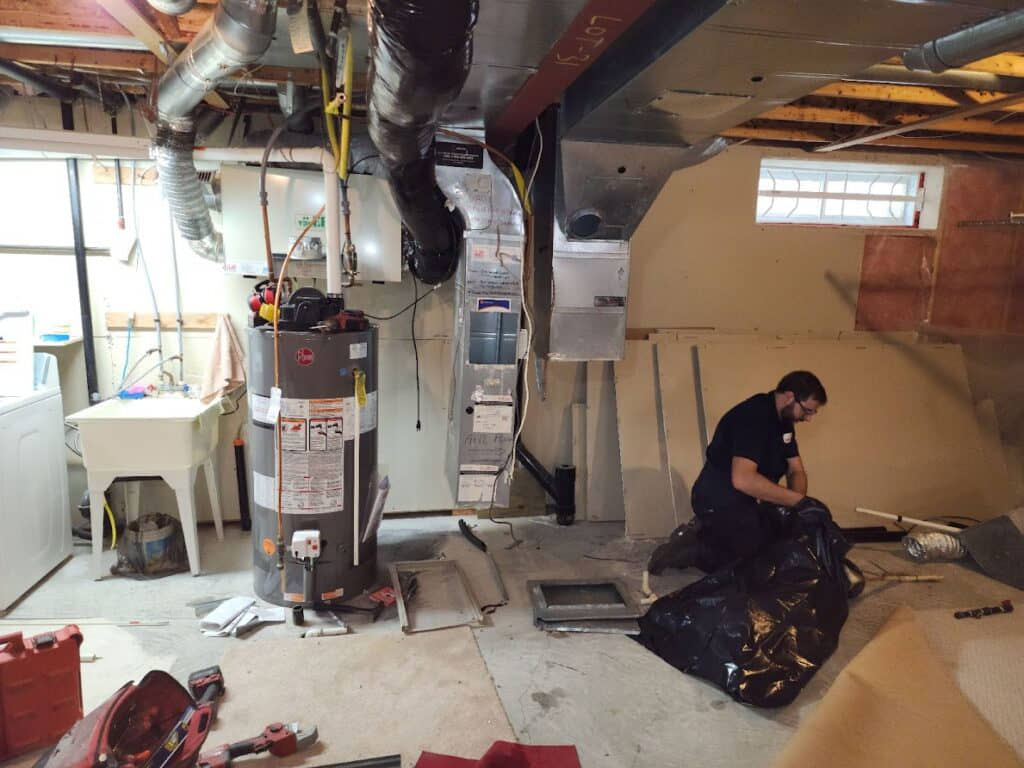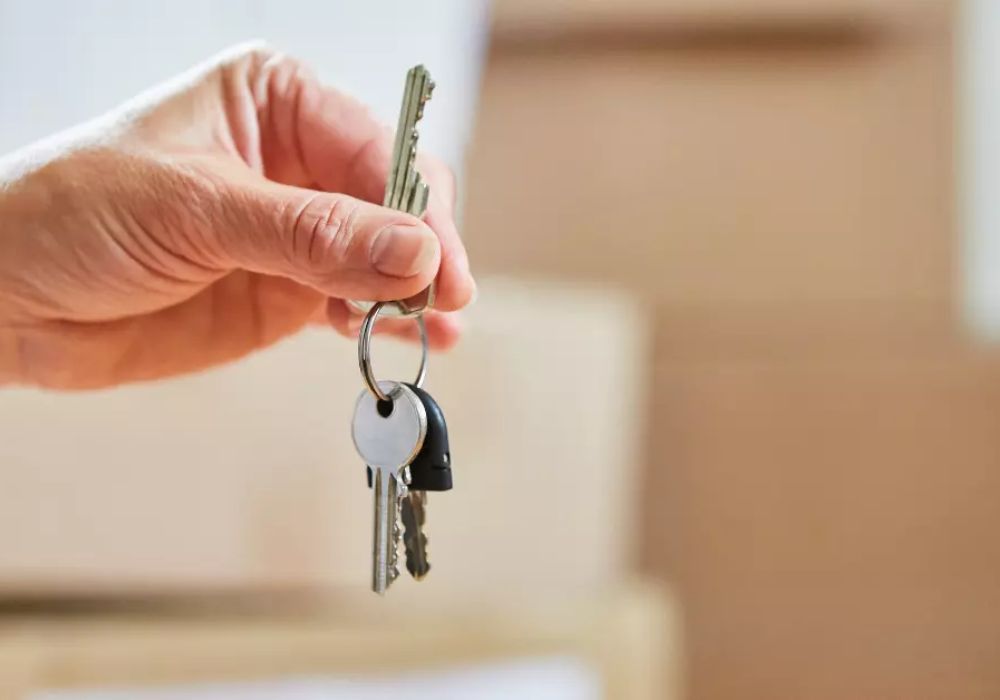Exercising with a treadmill at home can be very convenient. However, living in an apartment comes with its own challenges, as treadmill noise can easily disturb neighbors. Fortunately, there are several effective methods to minimize treadmill noise and allow home workouts without causing issues.
This article explores 10 proven ways to reduce treadmill noise in an apartment based on tips from soundproofing experts.
Place the Treadmill on a Flat, Sturdy Surface
When a treadmill is placed on an uneven or unsteady surface, it can cause unwanted vibration and noise. The first step is to ensure the treadmill sits firmly on a perfectly flat and level surface. Hard floors like wood or tiles typically work best. If needed, place small wooden boards under the treadmill legs to stabilize it.
A wobbly treadmill leads to excess noise that bouncing up and down. A sturdy, flat base is key to minimizng vibration at the source.
Use Anti-Vibration Pads Under the Treadmill

Anti-vibration pads are specially designed to absorb shock from vibrating machinery. Placing these half-inch thick rubber pads under each treadmill leg is very effective at reducing noise. It isolates vibrations so they don't transfer strongly to the floor. Choose pads slightly larger than the treadmill footprint to maximize contact area.
Brands like Gorilla and Mohawk make high-quality, durable anti-vibration pads specifically for home gyms. They cushion impacts to keep workouts quiet without compromising stability.
Related: How To Record Your Upstairs Neighbor Stomping?
Add a Rubber Exercise Mat Under the Treadmill
As an alternative to pricey anti-vibration pads, a flat rubber exercise mat placed underneath provides similar vibration-dampening. However, it's important to use a thick, durable mat that won't buckle or slip. It should completely cover the treadmill area to isolate it from the floor. Once in place, the mat absorbs vibrations instead of letting them pass into the floorboards.
Along with cushioning impacts, it protects hardwood or tile floors from wear over time. Check that the treadmill doesn't pinch or lift the edges of the rubber mat during use.
Use Quality Running Shoes
The type of shoes worn on the treadmill makes an audible difference. Athletic sneakers designed for running help absorb impacts compared to hard-soled street shoes or heavy boots. Cushioned soles muffle sounds transmitted into the machine. Laces also keep the foot snug inside to prevent thumping.
Going one step further, specially made indoor walking shoes offer extra padding and support tailored for treadmill use. Bare feet work too but hygiene issues make shoes preferable. Choose shoes that feel comfortable yet grippy to avoid slippage during an intense session.
Install Soundproofing Around the Room
For severe noise concerns, fully soundproofing the room housing the treadmill provides the greatest reduction. Start by adding two layers of drywall with Green Glue damping compound between them to the walls. Then install soundproof ceiling tiles or rigid fiberglass panels under existing tiles.
Heavy-duty soundproof door sweeps and wall-mounted rubber door seals block outside noise. Window treatments containing mass-loaded vinyl or acoustic glass help too. While an involved project, complete soundproofing essentially creates an insulated isolation chamber to contain all noise inside.
Lubricate the Treadmill Belt Regularly
A well-lubricated belt runs much quieter than a dry one prone to squeaking and friction noise. Most treadmills need lubricating every 30-50 hours of use. Check the manual for the brand's lube recommendations. Apply a few drops in each groove or slide of the belt under the side panels.
Then power on to spread evenly while avoiding excess that may fling off. Regular oiling conditions the belt, softens friction sound, and extends equipment life.
Make lubrication part of routine treadmill care along with cleaning to keep workouts running smoothly and silently.
Place the Treadmill Away from Shared Walls
Positioning away from neighbors provides the most isolation. If possible, roll the treadmill six feet or further from walls adjoining other units. Sound carries best through solid materials like drywall or plaster. Distance weakens noise transmission drastically.
Similarly, avoid placing against interior walls shared with other rooms in your apartment. The farther the treadmill, the less vibration felt through shared walls or floors below. Look for the quietest optimal spot, even if it means forfeiting ideal feng shui! Silent workouts are worth rearranging furniture.
Use the Incline Feature When Possible
Many treadmills include an incline function to simulate hill climbing. Boosting the grade a few notches engages muscles differently than flat running at the same speed. But inclining also reduces noise because impacts disperse over a larger cushioned surface area. Feet don't strike as hard, dampening noise without compromise to the quality of your routine.
Even power walking at a 3-5% incline challenges the body adequately. Explore combinations of speed and incline to find noise-limiting variations that still deliver an effective total-body cardio session.
Consider Strategic Scheduling
Although inconvenient, only using the treadmill during considerate hours shows politeness to neighbors below or beside. Early mornings before 7am and evenings after 8pm tend to be best times when noise is least likely to disturb. Check with neighbors about their schedules too so you're aware of specific times to avoid, like nap periods.
Quieter hours spent on the treadmill prevent noise complaints and uncomfortable confrontations down the road. Silent workouts keep the peace in shared housing environments with minimal disruption. Compromise improves quality of life for all residents.
Invest in a Whisper-Quiet Model
As a last resort, upgrading to a specially engineered quiet treadmill solves noise problems completely. Brands like LifeSpan, Sole, and Velocity Fitness manufacture extra-sturdy belts, shock-absorbing deck designs, and brushless direct-drive electric motors tailored for apartment use. Expect to pay $1000-2000 for a whisper model.
But the investment eliminates noise disturbance forever and allows training anytime without worry. Premium treadmills also integrate advanced safety features like included safety key clips to stop the belt quickly if necessary. Their industry-leading sound dampening sets the gold standard for considerate exercisers.
Conclusion
With some creativity and problem-solving, it is entirely possible to enjoy running or walking on a home treadmill quietly as not to disturb neighbors. The best approach combines multiple noise-reduction methods like surface isolation, distance buffering, and strategic usage times.
Periodic lubrication and proper footwear also help maintain a smooth, friction-free operation. While a high-end silent treadmill guarantees peace, budget solutions exist. With patient trials of different techniques, treadmill workouts can be a private, undisturbed activity even in close apartment quarters.





